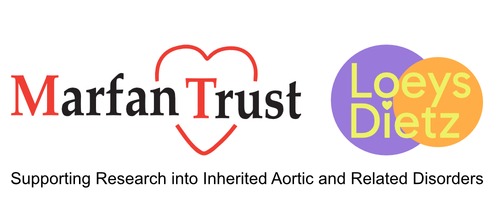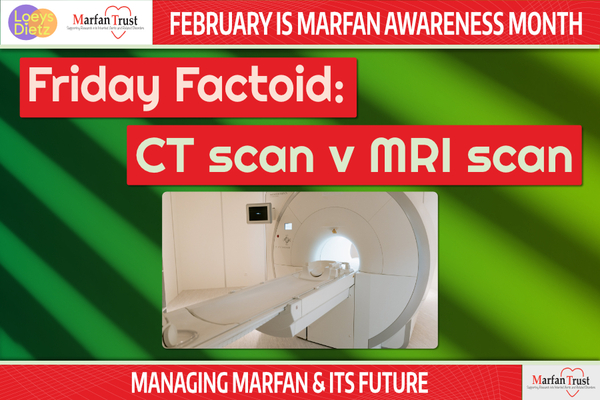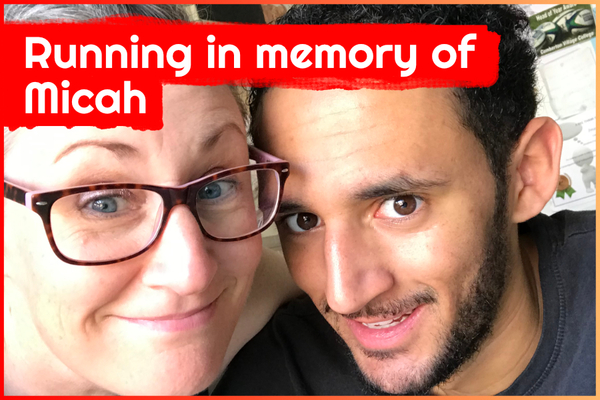Much more than a simple tube, the aorta is our lifeline, ferrying blood from the heart to the rest of our body. In Marfan it can be compromised, requiring regular surveillance, sometimes using a CT and sometimes an MRI scan. What’s the difference?
-Both of these imaging modalities are frequently used in individuals with Marfan syndrome.
- Your doctors will carefully assess the risks and benefits of both types of imaging to choose the type of scan that is best suited to you
-These scans are often done alongside other tests like echocardiograms which may be carried out more regularly
-It's helpful for doctors to compare 'like with like' so they will often try and repeat the same type of test for comparison purposes
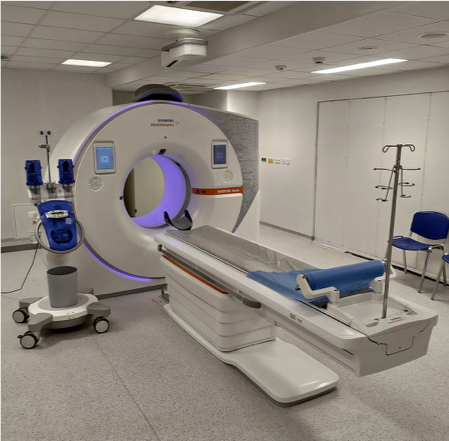
A CT Scan .....
Uses X-rays (radiation) to obtain 3D images of your body structures
Fast (usually under 15 minutes)
Contrast may be used to improve pictures
Better for acute/emergency situations like aortic dissection
Widely available nationwide
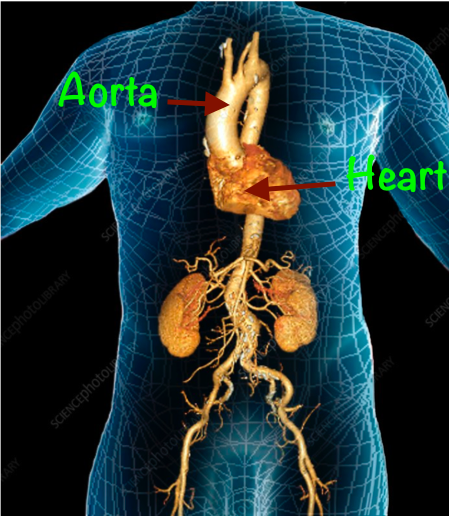
An MRI ...
Uses magnets and radio waves to obtain 3D images of your body structures
Slower (usually 30-60 minutes)
Contrast may be used to improve pictures
Better for long term aortic monitoring and repeated imaging (due to no use of radiation)
May need to travel to a specialist centre for detailed cardiac/aortic imaging
Can be claustrophobic
Need to make staff aware of any metal in the body e.g. pacemakers
